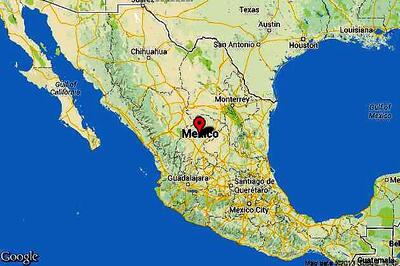
views
By Daya Prakash
Businesses are transitioning from remote to in-office operations as the world has returned to normalcy. This transition is not merely a physical return to the office. It requires a recalibration of the employee-employer responsibility matrix and reshaping professional boundaries and duties to encourage a healthy work-life balance. The spotlight is on harmonising productivity with well-being, teamwork with autonomy, and flexibility with structure.
Employers must curate workspaces that honour personal spaces, foster transparent communication, and prioritise mental wellness. Concurrently, employees are tasked with demonstrating adaptability to the evolving work dynamics and unleashing their resilience and inventiveness.
Here is the intricate responsibility matrix, providing insights on navigating the transition from remote to office work while creating a work environment that fosters trust, flexibility, and growth.
The Rise of Hybrid Work Culture
Hybrid work culture is emerging as a new paradigm in the workplace in this era of unprecedented change. Companies are rethinking their traditional work models to better respond to the challenges they face in the post-pandemic age. Many businesses now use hybrid models that bring together the best features of remote work and in-person teamwork.
The hybrid work culture is based on balancing out time spent working from home and in the office. Several factors are at play here, including evolving technological capabilities and modified standards for employee performance.
From the Employer’s Lens
Embracing Diversity and Inclusion
The hybrid work model provides an exceptional opportunity to promote diversity and inclusion by eliminating traditional barriers and creating more inclusive workspaces. Fostering a culture that values diverse viewpoints and experiences can improve decision-making and creativity. According to research, inclusive businesses are 1.7 times more innovative and 120% more likely to achieve their financial objectives.
Reimagining the Employee-Employer Contract and Strengthening Data Protection
In today’s dynamic work environment, a reimagined employee-employer contract is critical. This contract should endorse transparency and empathy while avoiding invasive surveillance practices that could dent trust. Moreover, to counteract increasing cyber threats, employers must implement stringent cybersecurity measures and offer consistent employee training, thus safeguarding confidential information and reinforcing a secure workspace.
Tapping into Global Talent Pool
The hybrid work model allows organizations to harness the power of global talent further, allowing them to bring new perspectives and unique skills for driving business growth. Employers can also leverage time zone differences to provide round-the-clock service, delivering value at unprecedented levels. A global workforce allows organizations to understand international markets and consumers better, thus setting them up for success on a worldwide scale.
From the Employee’s Lens
Striking the Perfect Work-Life Balance
Remote work’s adaptability and flexibility make it appealing. A healthy work-life balance is essential when returning to office work. A recent study shows 83% of workers value job satisfaction and work-life balance. Thus, a hybrid work model that blends in-person and remote work can boost employee commitment and accountability by allowing individuals to choose the work arrangement that best meets their needs.
Focusing on Mental Health and Well-being
Mental health is becoming increasingly important in today’s fast-paced and demanding world. Recent studies show that 67% of employees are concerned about their mental health. This alarming statistic emphasizes the need for organizations to prioritize and address this critical issue. This process requires providing essential resources like mental health counselling, stress management seminars, and an open communication environment.
Responsibilities in the Shifting Work Landscape
Employers must continue to provide flexible work hours and mental health initiatives as employees return to the workplace. Additionally, technology investments are required to guarantee seamless connectivity. Productivity and outcomes, rather than physical presence, should be the primary focus of performance evaluations. On the other hand, employees should efficiently divide their time between remote work settings and the office. In a hybrid work environment, active participation in meetings and projects is essential, as are adaptability and flexibility.
Shaping the Future of Work
Employees can excel at individual tasks while working remotely in our increasingly digital world. They have the room and privacy to concentrate and be creative, raising their performance on a personal level. However, the dynamics alter as we progress toward leadership positions and growth. In addition to managing tasks, leadership involves managing people, comprehending human behaviour, encouraging teamwork, and boosting overall performance.
While remote work environments may foster personal development, they frequently lack the concrete nuances of onsite or hybrid models, which allow leaders to interact with teams, build relationships with them, and show their leadership skills in action. Face-to-face interactions, the ability to read body language, and developing a workplace culture are all aspects of the subtle art of leadership frequently muted in an entirely remote setting.
As we move forward, we must create a collaborative and supportive future, leveraging both worlds’ strengths. Prioritising employee well-being, reimagining office spaces, investing in technology to ensure seamless connectivity and interactions and viewing the employer-employee relationship as a partnership will foster a flexible and supportive work culture, leading to sustained growth and prosperity for businesses in India.
The key to future success lies in balancing individual performance and collective leadership. By carefully navigating this path, we can create a harmonious work environment that brings out the best in employees and leaders, setting the stage for a successful and collaborative future.
(The author is the founder of TalentOnLease)




















Comments
0 comment